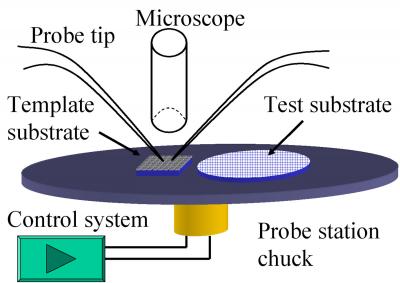Scientists at the National Institute of Standards and Technology (NIST), along with colleagues at George Mason University and Kwangwoon University in Korea, have fabricated a memory device that combines silicon nanowires with a more traditional type of data-storage. Their hybrid structure may be more reliable than other nanowire-based memory devices recently built and more easily integrated into commercial applications.














